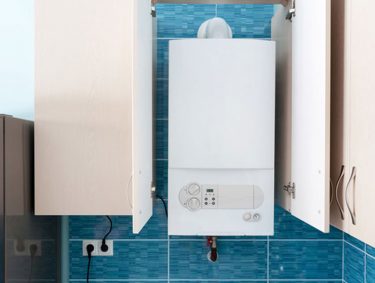What are the different types of sanitary faucets ?
There are many types of sanitary faucets on the market. They are designed to equip the various sanitary equipments such as washbasins, hand washbasins, showers, bathtubs, sinks and basins. We can distinguish 2 main categories, the mixers and the mixers.
They can also be divided into 2 distinct applications with faucets intended for public buildings (ERP) on one side and faucets intended for private homes on the other.
Each one has its qualities and defects, whether in terms of water saving, ergonomics, design or sanitary safety.
In order to make things a little clearer, we explain how they work and the advantages and disadvantages of each.
SOMMAIRE
Mixing faucet
The mixing faucet is a faucet that was widely used in private homes, but is gradually giving way to mixing faucets. It has 2 supplies (1 cold water and 1 hot water). It has two levers placed on either side of the faucet that you turn to increase the flow of hot and cold water. The one on the right activates the cold water, while the one on the left activates the hot water. The principle is therefore to obtain the desired water temperature and flow rate by finding the balance between the 2 operating elements.
Advantages :
- Traditional style
- Robust
- Price
Disadvantages :
- not very economical (water consumption)
- lack of safety
- not very practical
Prices: between 10 and 120 euros
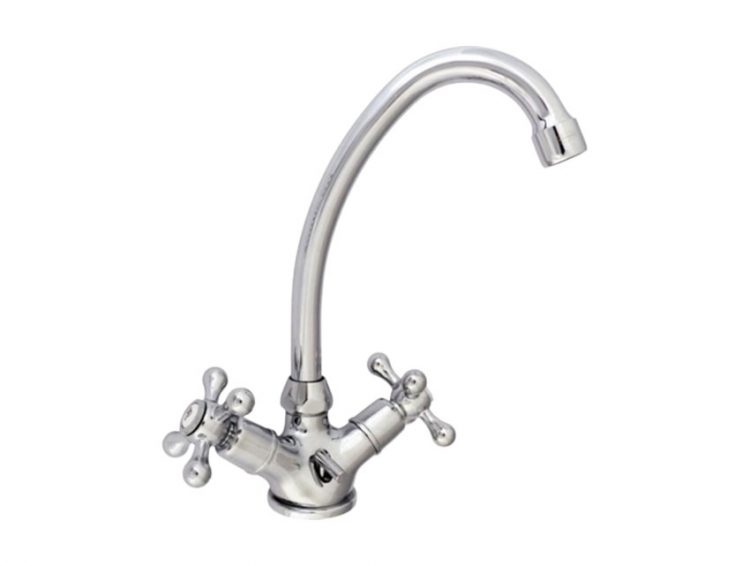
Mechanical mixing valve
Among all the types of sanitary faucets on the market, this is surely the most popular. The mechanical mixing faucet is very simple to use and allows you to mix hot and cold water, to adjust the temperature and the flow rate, by closing more or less the supplies upstream of the mixture. These faucets offer the advantage of an independent and easier adjustment of the temperature and flow rate than with a mixer.
On a mechanical mixing valve (also called single lever), the control of the shut-off of the supplies is linked, i.e. a single movement (left or right) allows to adjust the temperature. The control lever also allows to adjust the outlet flow (up and down movement).
These units are not equipped with a control system. If temperatures or supply pressures change, the temperature also changes.
Mechanical mixing valves are sometimes equipped with a flow limitation system (hard point when opened) and energy saving (center position = cold water).
Advantages :
- Economical to buy
- Easy to use with one hand
- Stopper that allows water savings
Disadvantages :
- no temperature control
Prices: between 20 and 200 euros
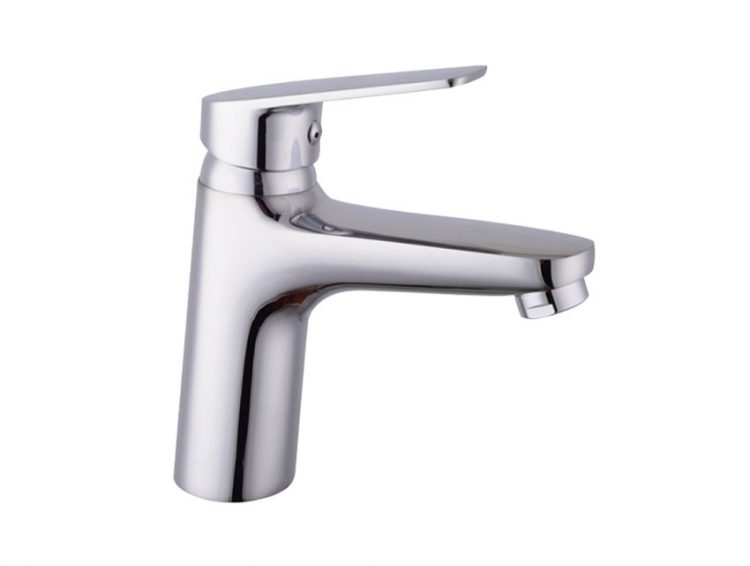
Thermostatic mixing valve
This is the faucet that is mainly found on bathtubs and showers. The thermostatic mixing valve allows the mixing of hot and cold water with an automatic temperature control. It is composed of a thermostatic cartridge allowing the regulated mixing of hot and cold water and of a flow control element of the mixed outlet downstream of the mixing.
It has two separate controls, one for the temperature that can be set precisely without having to turn on the water and the other for turning on and adjusting the water flow. This type of faucet has a 38°C stop button that limits the risk of scalding. In addition, it provides the anti-scald safety function in case of failure of the cold water supply.
There are models equipped with a flow limiter button, which allows for water savings.
Thanks to this regulation system, the mixed water is at a constant temperature whatever the conditions of supply (pressure, temperature of hot and cold water) and output (flow rate adjustment).
The temperature regulation is ensured by a thermostatic cartridge whose thermostatic element (which measures the temperature of the mixture) automatically activates the adjustment of the hot and cold water proportion.
It can also have a reverser bath / shower, which is in the form of a button on the handle or a small handle on top of the spout that is pulled to divert the spout of the faucet to the shower head.
Advantages :
- Temperature stability
- Temperature safety
- Water saving
- Energy saving
Disadvantages :
- Higher price than a mechanical mixer
Prices: between 30 and 250 euros
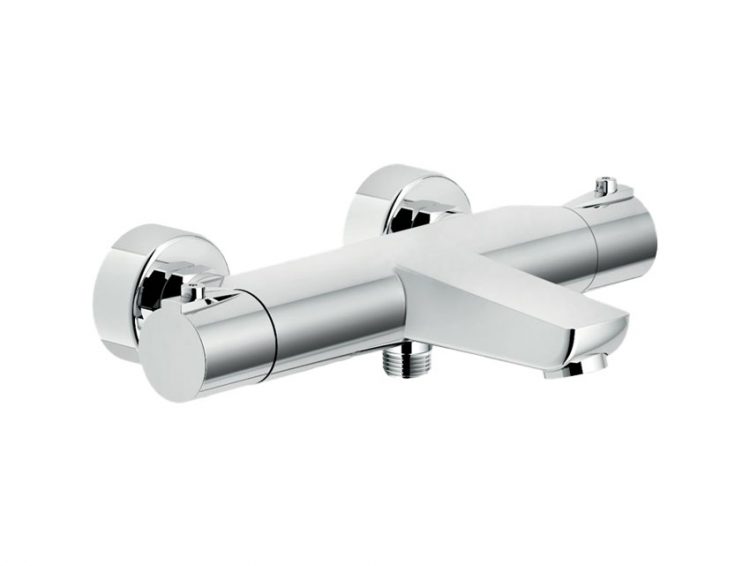
Timer valve
The timed faucet is an automatic faucet widely used in public spaces. It is usually operated by a push button. The main advantage of this faucet is that it has an internal system that limits the time of water flow. Indeed, this time is determined by the sanitary faucet standard UNI-EN816 is between 5 and 20 seconds.
Advantages :
- Economical
- Practice
- Robust
Disadvantages :
- limited to use
Prices: between €25 and €100
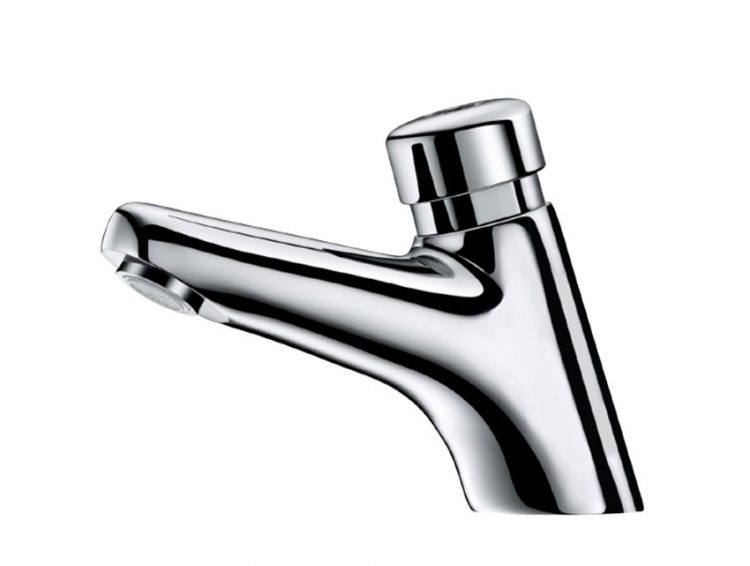
Electronic tap
Mostly used in ERP and in places where hygiene is a priority, the electronic mixing valve works by infrared detection. As soon as you pass your hand in front of the infrared sensor, the water starts to flow.
There are 2 ways of adjusting the flow:
– The water continues to flow as long as the hands are detected by the faucet or
– It is possible to delay the flow, i.e. when the hands are detected it triggers a timer that will stop the water automatically. It is possible to stop the water by anticipation by passing the hand in front of the sensor.
There are 2 types of power supply:
- Battery (2 x 3V lithium batteries).
- Power supply in 100-240 V / 50-60 Hz class II TBTS (without grounding)
Advantages :
- Practice
- Economical
- Hygienic
- Robust
Disadvantages :
- Expensive to buy
- Detection perfectible depending on the brand
- Change of batteries
Prices : between 50 and 350 euros
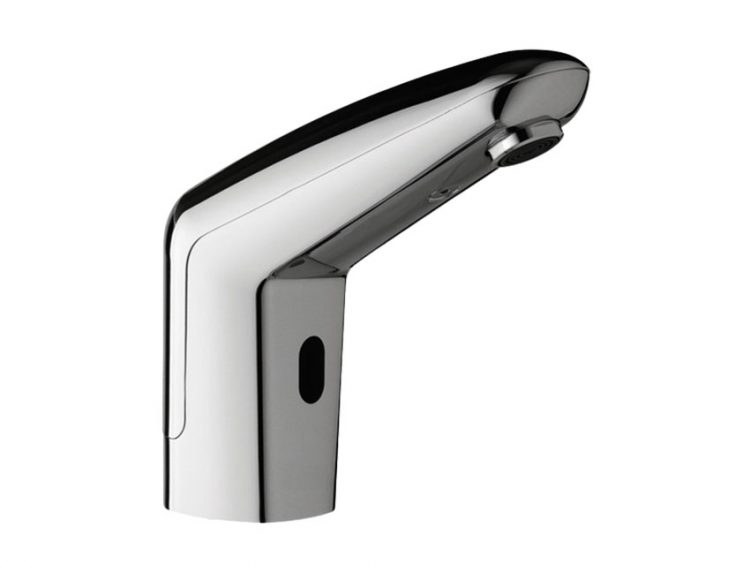
Waterfall mixer faucet
The waterfall faucet is available in all versions: mechanical, thermostatic, infrared, built-in.
The only difference is the mixer’s spout. The spout will be rather elongated and flattened in order to give an aesthetic aspect to your faucets. There are different types of spouts, such as the insert spout, the gooseneck spout, the cast spout, the melted spout, etc. This type of mixer will be more suitable for bathtubs, because on washbasin this type of faucet can quickly become awkward and less practical to use.
Advantages :
- Aesthetics
Disadvantages :
- Not very practical on a washbasin
Prices : between 40 and 250 euros
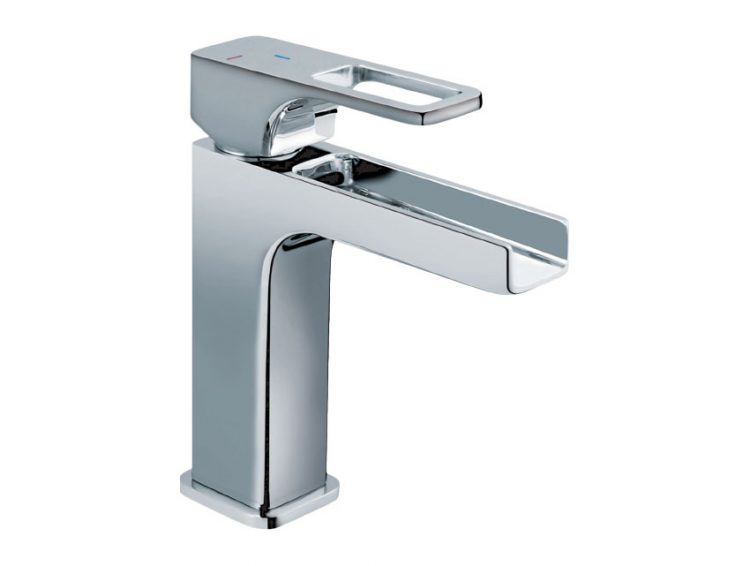
Built-in mixer tap
The built-in mixer tap is, as its name indicates, a faucet that is embedded in a flat surface (furniture or wall). Available in mechanical or thermostatic, the concealed tap is above all a matter of style. It will go very well with a walk-in shower for example and will give a refined look to your interior. It will also save space in the smallest of bathrooms. It is available in mechanical and thermostatic versions.
- Aesthetics
- Ergonomic
- Easy to maintain
- Modular
Disadvantages :
- The price
- Difficult to install
Prices: from 60 to 300 euros and more.

Do you have a project ? Contact our test bench experts
3-way faucet
This type of sanitary faucets is still not very widespread. Their big advantage is that they are a good alternative for people who wish to consume tap water. Indeed, this type of faucet allows the installation of a water purification network directly associated with the tap. This is possible thanks to a bypass connected to the cold water that allows the filtration system to be installed. The purified water then passes through a pipe and an independent outlet from the mixed water network (cold and hot water).
Advantages :
- Practice
- Health benefits
- Ecological
Disadvantages :
- purchase price
- maintenance costs
- difficult to install
Prices : between 60 and 350 euros
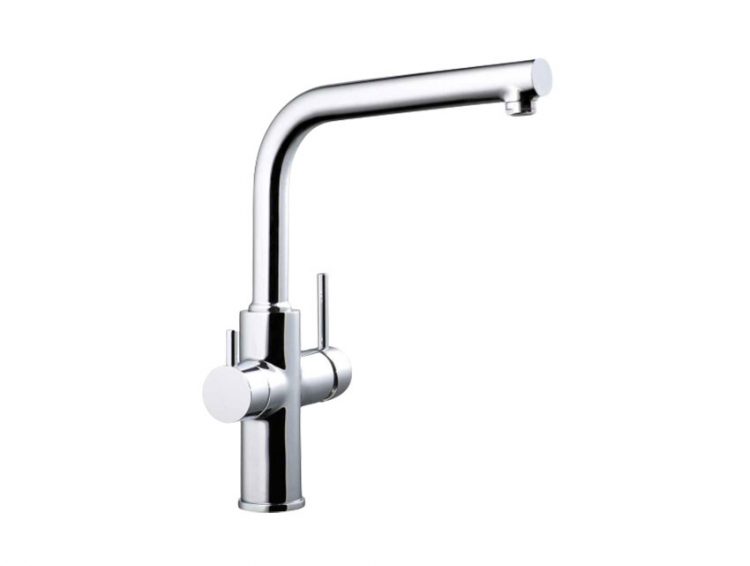
Float valve
A little different from the other types of sanitary faucets, we also find the float faucet which is used for toilets. It is the one that will fill the toilet when you flush, it is an integral part of the flushing system.
It is composed of 4 distinct elements, the float, a lever or float holder column, a needle valve and of course the brass or stainless steel tap.
In principle, when the toilet is flushed and the water is drained from the tank, the float goes down. The descent of the float will allow the opening of the valve which will fill the tank. Once the high level of water is reached, the float goes back up to its initial position, triggering the closing of the valve and thus the sanitary valve.
Prices: between 10 and 50 euros
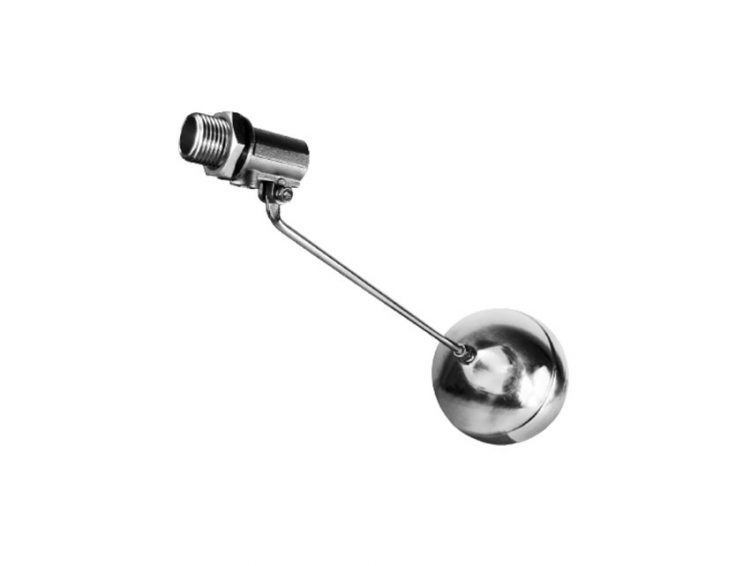
Discover other articles and tips

What methods are used to test pipes in the building industry?
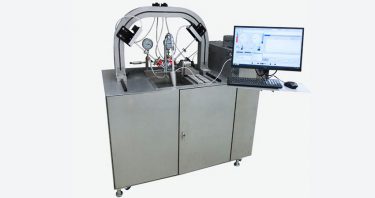
Who are the test benchusers?
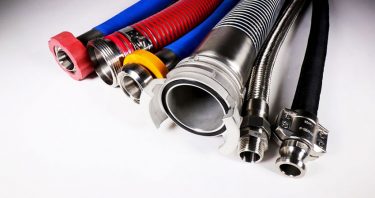
What are the most important tests on sanitary hoses ?
